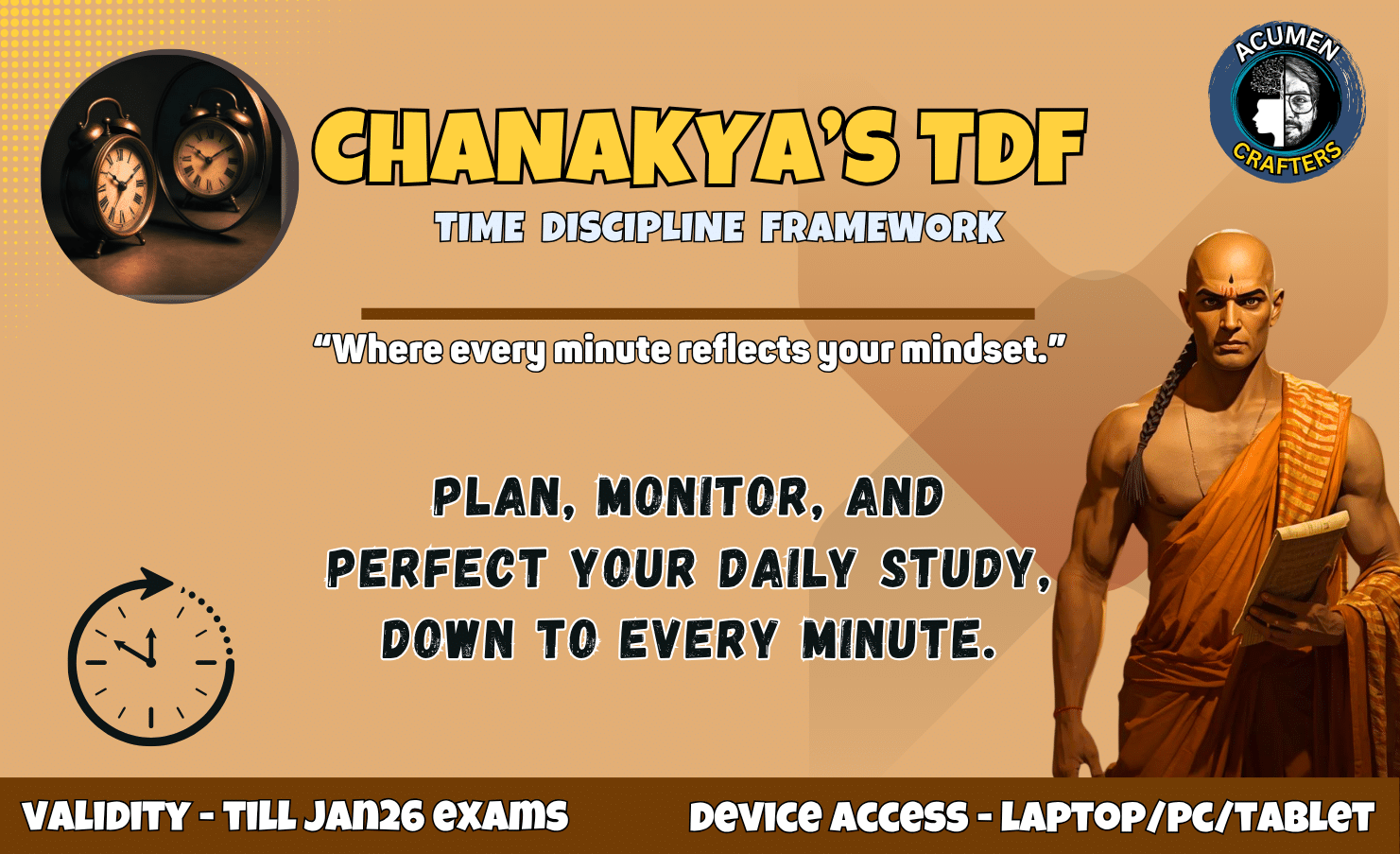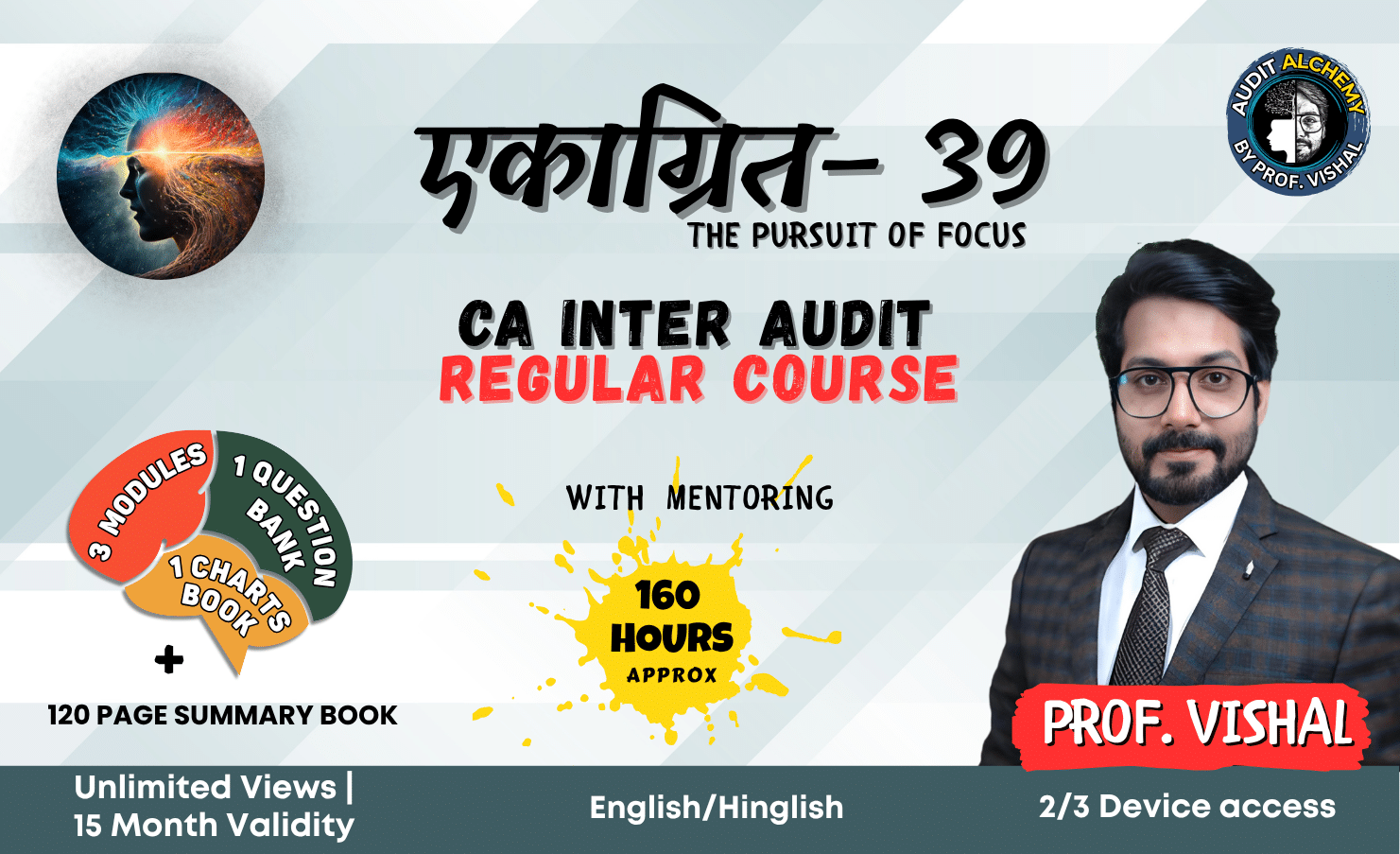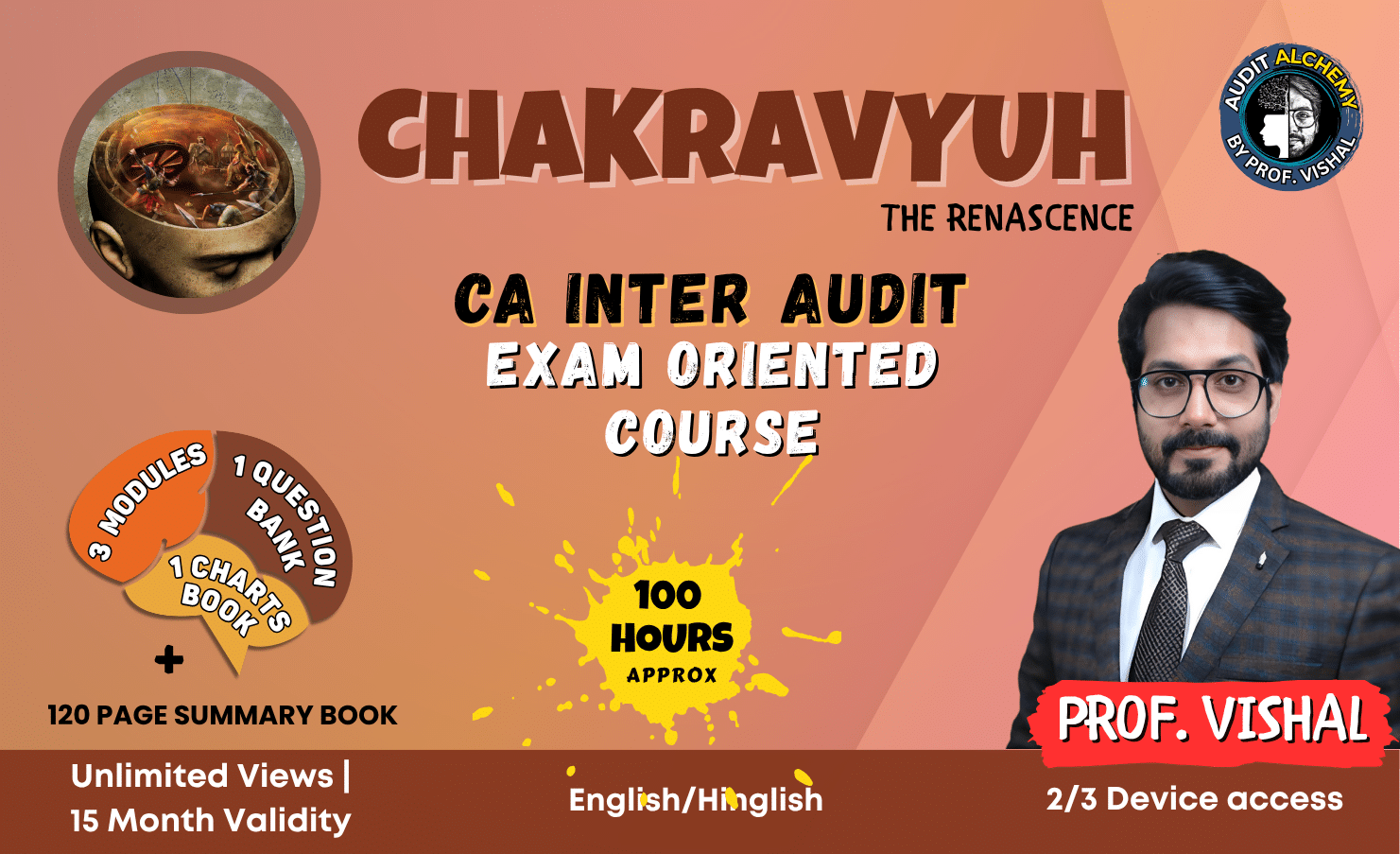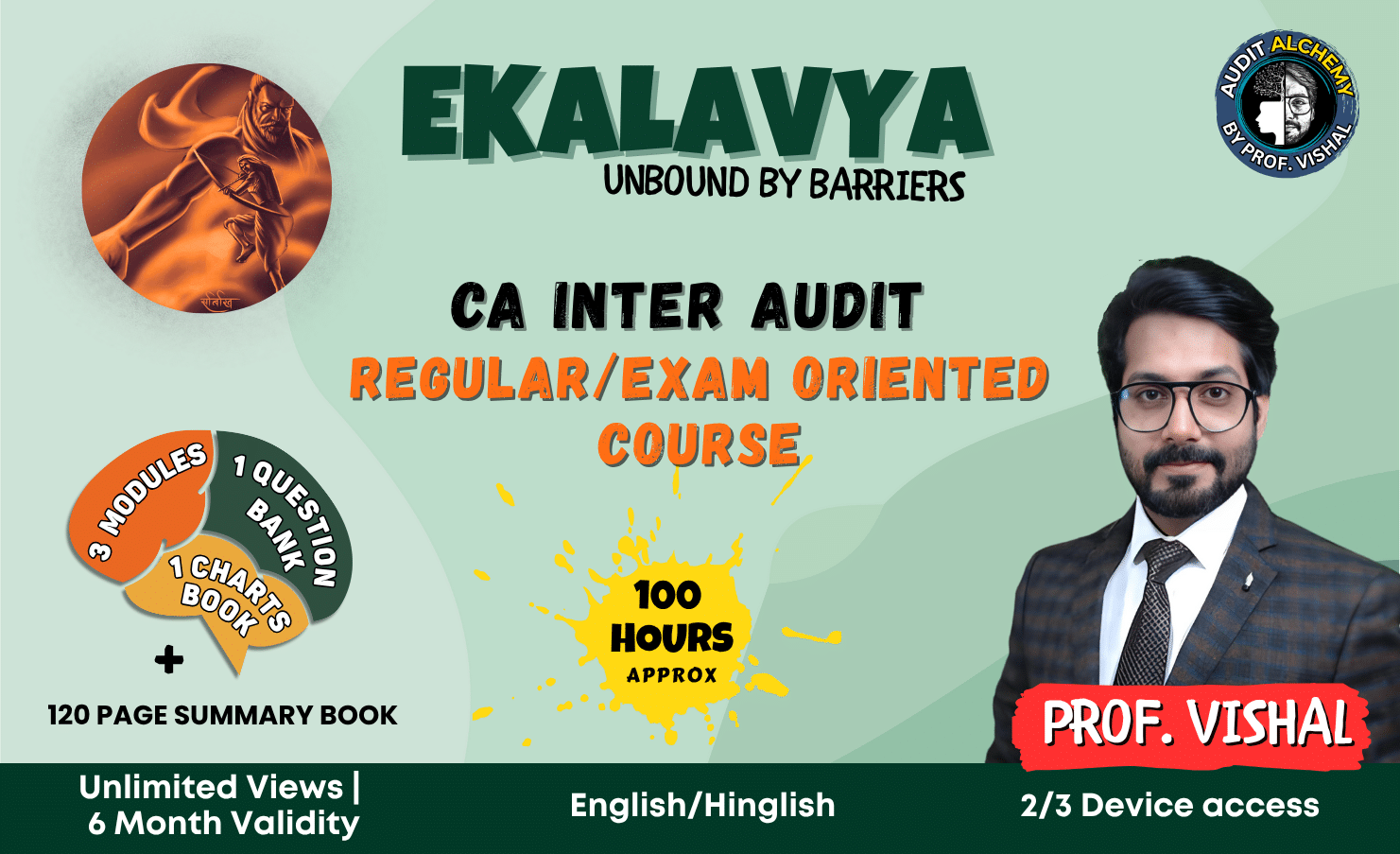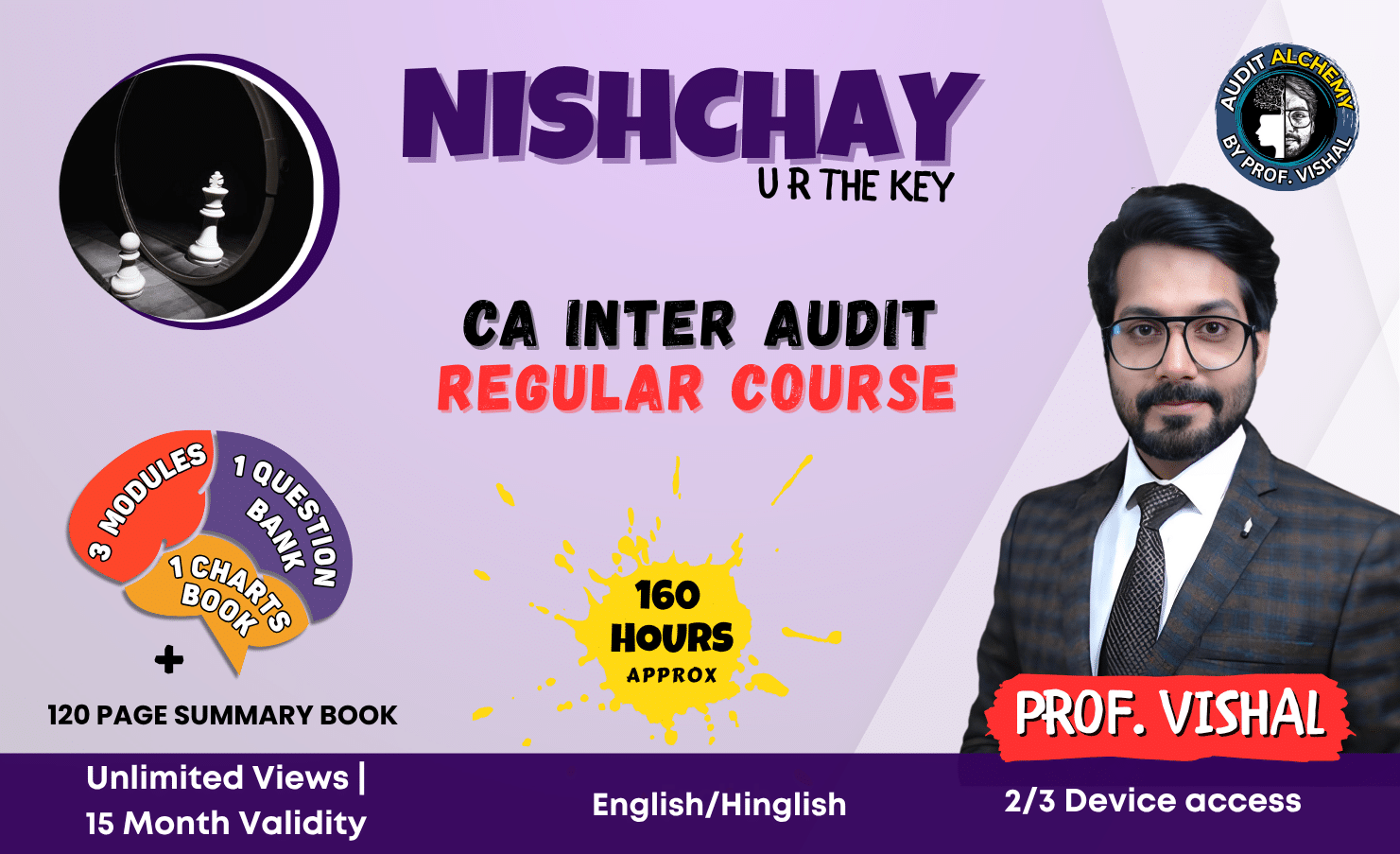Exam Success in Three Steps
The grip of anxiety tightens its hold on our minds, causing trembling bodies and sweaty palms. This is the common sentiment experienced by every CA student upon glimpsing the Exam Schedule Notification. The confirmation of exam dates begs the question: what’s the next course of action?
• How should one approach studying?
• What material should be prioritized?
In this article, we will delve into finding answers to these inquiries.
Adhering to a three-step rule is crucial for achieving success in any endeavour: Planning, Execution, and Examination.
These three fundamental steps stand as pillars guiding you towards your ultimate objective.
READ MORE: “Cost Accounting Exam Preparation: Tips for Last-Minute Success”
PLANNING
Initiate by meticulously plotting your schedule. What tasks are to be accomplished? When should they be tackled? And how should they be approached? These are the inquiries that should precede your journey into this phase. For instance, a student who has concluded their classes and embarked on their studies with a multitude of subjects left to cover, must foremost ascertain the time left. It’s imperative to allocate sufficient time for at least two revisions before the exam. Allocate these days to individual subjects according to your aptitude. Formulate monthly, weekly, and daily plans that align with this allocation. This strategy ensures effective management of your studies and progress. As the exam draws near, planning an hourly schedule for the final month maximizes efficiency.
EXECUTION
A common scenario finds students adept at planning but faltering when it comes to execution. This section provides insights into how to bridge this gap.
Begin by eschewing the imposition of undue pressure on yourself. Refrain from attempting a 15-hour schedule on the initial day. Instead, commence with a 6-hour schedule, gradually increasing it. Initiate your study sessions with subjects that captivate your interest and facilitate prolonged focus. Distributing your attention between two subjects in a day proves more advantageous than fixating on a single subject. Crafting notes serves as an effective technique for sustaining interest and engagement. Experiment with creating notes and charts; these visual aids foster clarity and aid in retaining information over extended periods.
EXAMINATION
Moving on to the next phase involves assessing your preparation and direction. This does not merely entail sitting for a three-hour paper. While that method is viable, it is prudent to consistently challenge yourself with spontaneous question-solving. As an example, suppose you studied a particular topic yesterday. Today, randomly select a question from that topic and endeavour to solve it sans the answer key. This practice gauges the extent to which you’ve internalized the material and serves as a confidence booster, all without the duration of a three-hour examination. We do suggest, however, that everyone undertake at least one mock exam.
We wish you all the best in your endeavours. May this guidance prove invaluable in your exam journey.







